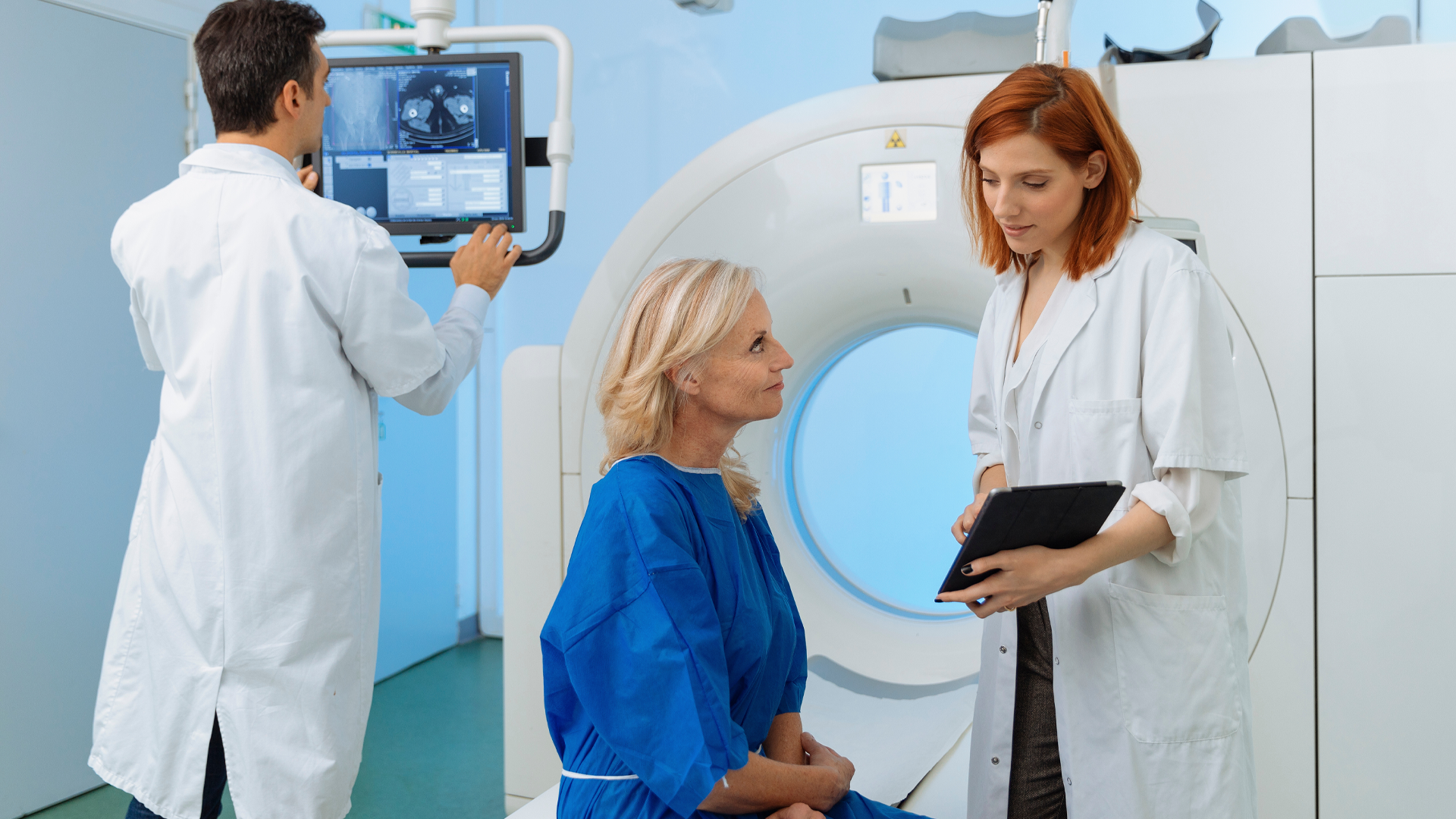Seth Eisenberg Compares the Effectiveness of Plastic-Backed Pads Vs The Splashblocker in Reducing Toilet Aerosols
Seth Eisenberg, ASN, RN, OCN, BMTCN, discusses his research comparing plastic-backed pads and the Splashblocker.
Seth Eisenberg, ASN, RN, OCN, BMTCN, joins Oncology Nursing News® to discuss his research on plastic-backed pads and the Splashblocker. Eisenberg presented on these interventions, and their potential utility in reducing the spread of hospital toilet contaminants, during the 48th Annual Oncology Nursing Society (ONS) Congress.
He explains that the research was conducted in an aerosol research laboratory at the University of Oklahoma, with a specially constructed bathroom chamber with HEPA filters. The chamber had a remote control for flushing the toilet, and the door was sealed, so there were no outside interferences on the particles that were being measured.
The team measured the ambient particle count using an optical particle counter. The ambient particle count was first collected before the toilet was flushed, to understand the natural environment. After the toilet was flushed, the ambient particle count was taken again; the original count was subtracted from this number to achieve a net particle count. The team conducted this experiment 3 times: once with no intervention, once with the plastic-backed pad, and once with the Splashblocker.
Moreover, the particles were collected at 2 different heights: right above the toilet level and 40 inches above—which Eisenberg refers to as the “Inhalation Zone.” They waited for the particle count to return to normal before conducting the next test.
Eisenberg shares that, although both interventions demonstrated similar efficacy results in reducing the ambient particles, the plastic-blacked pads frequently were sucked into the toilet bowl, which was concerning to the nurses. The Splashblocker was not found to be associated with this issue and could be utilized as a cost savings model for healthcare centers in the long term.
Next steps for this research will include conducting more tests. Right now, Eisenberg and his team are in the process of enrolling many US hospitals in a larger study to repeat these tests on a larger scale. Thus far, 34 bathrooms have been tested and researchers have gathered data similar to that of the controlled laboratory experiments. By the end of 2023, they hope to have repeated these tests in at least 100 US hospitals.
Reference
Eisenberg S, Cai C. A comparison of plastic-backed pads to Splashblocker in reducing toilet aerosols. Presented at: 48th Annual Oncology Nursing Society Annual Congress; April 27-May 1, 2022; San Antonio, TX. Accessed April 25, 2023. https://ons.confex.com/ons/2023/meetingapp.cgi/Paper/13249
Workflow, Educational Tools Improve Use of Silicone Film to Prevent Radiation Dermatitis
April 25th 2024Tools to educate oncology nurses and patients on the use of Mepitel film to prevent radiation dermatitis has improved the workflow around its introduction to patients with breast cancer, as well as its application and maintenance.
Olaparib Plus Chemo May Not Improve Outcomes vs Chemo Alone in BRCA Wild-Type TNBC
April 23rd 2024Patients with BRCA wild-type triple-negative breast cancer treated with olaparib on a gap schedule with chemotherapy did not experience improved responses compared with chemotherapy alone in the neoadjuvant setting.




